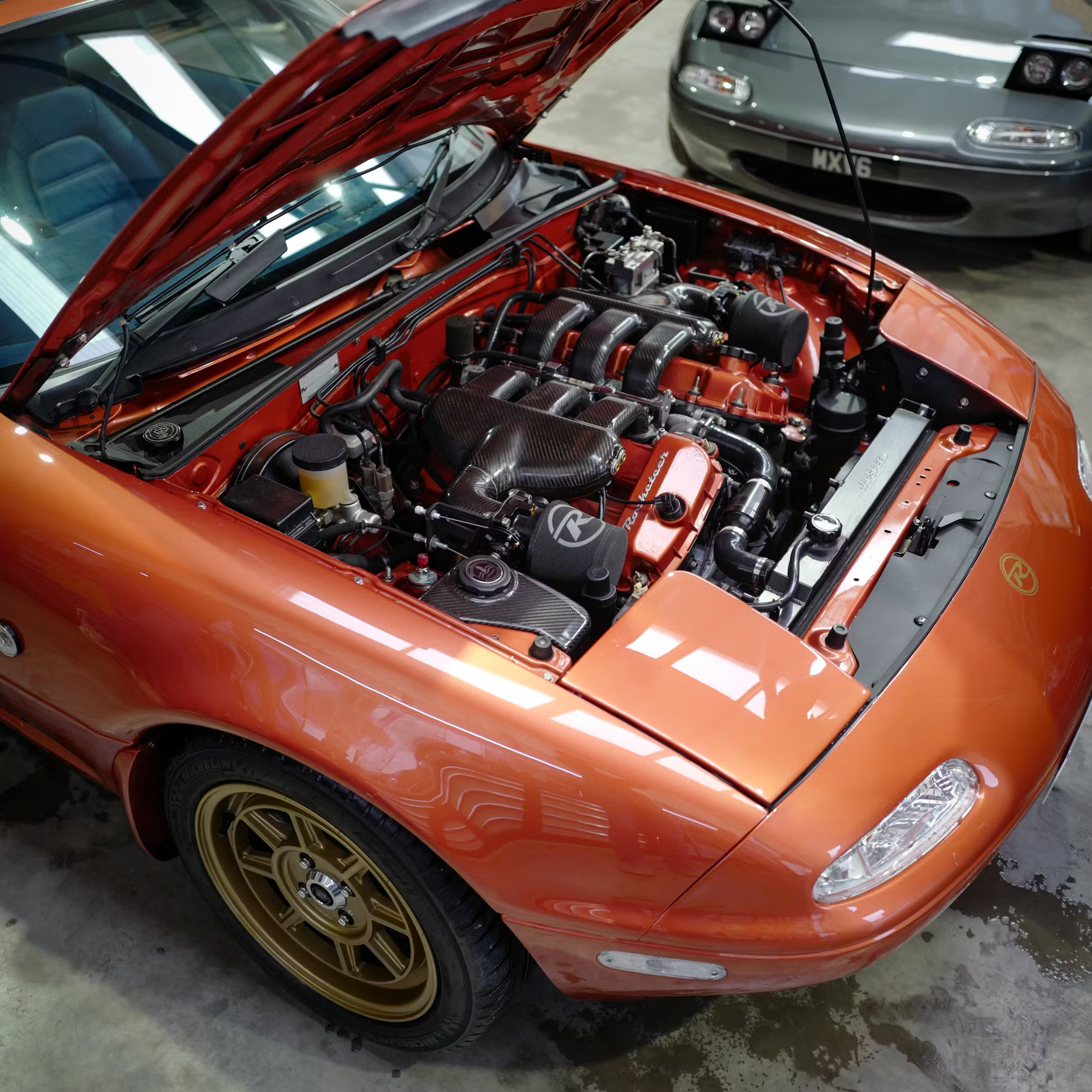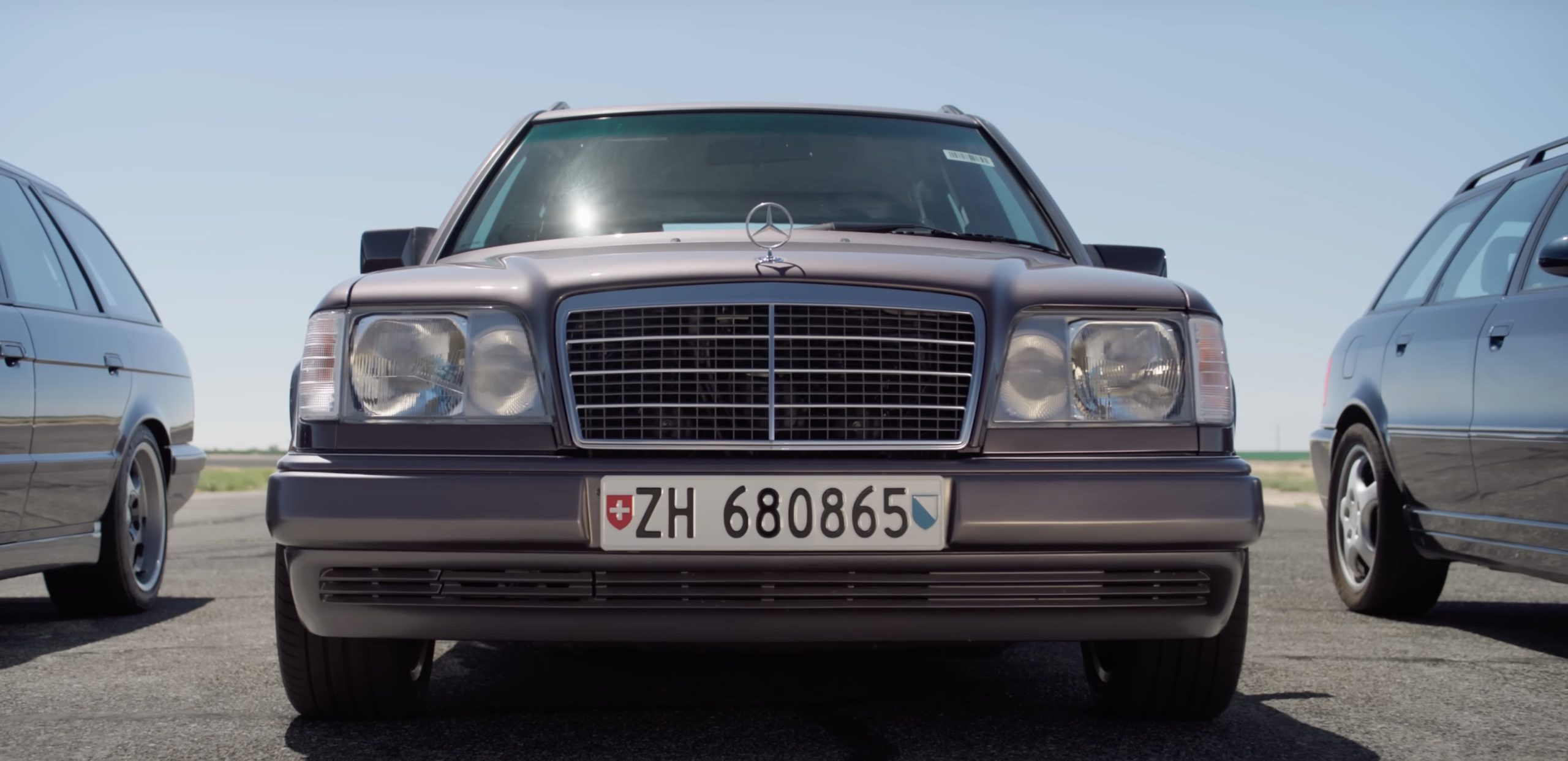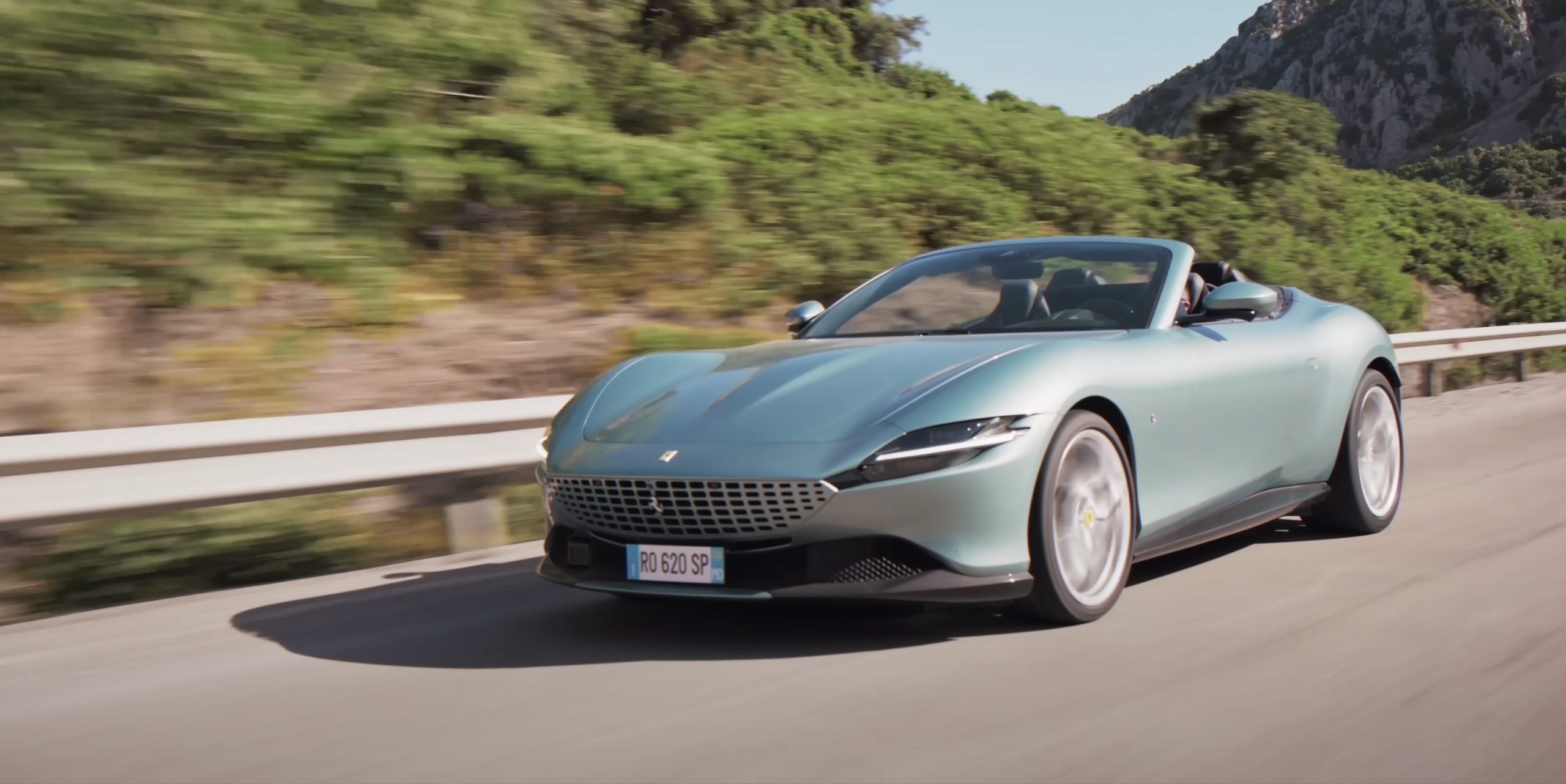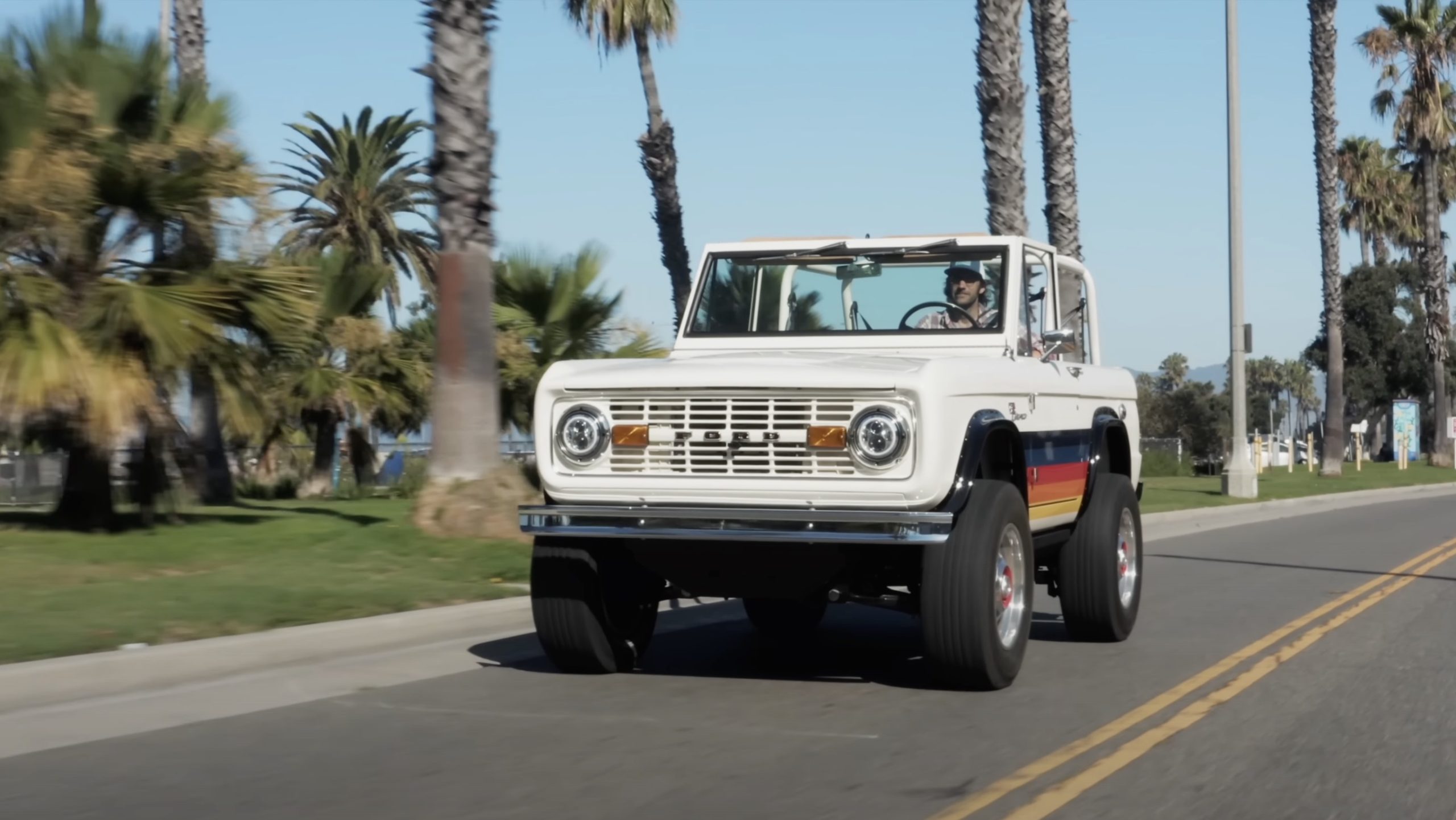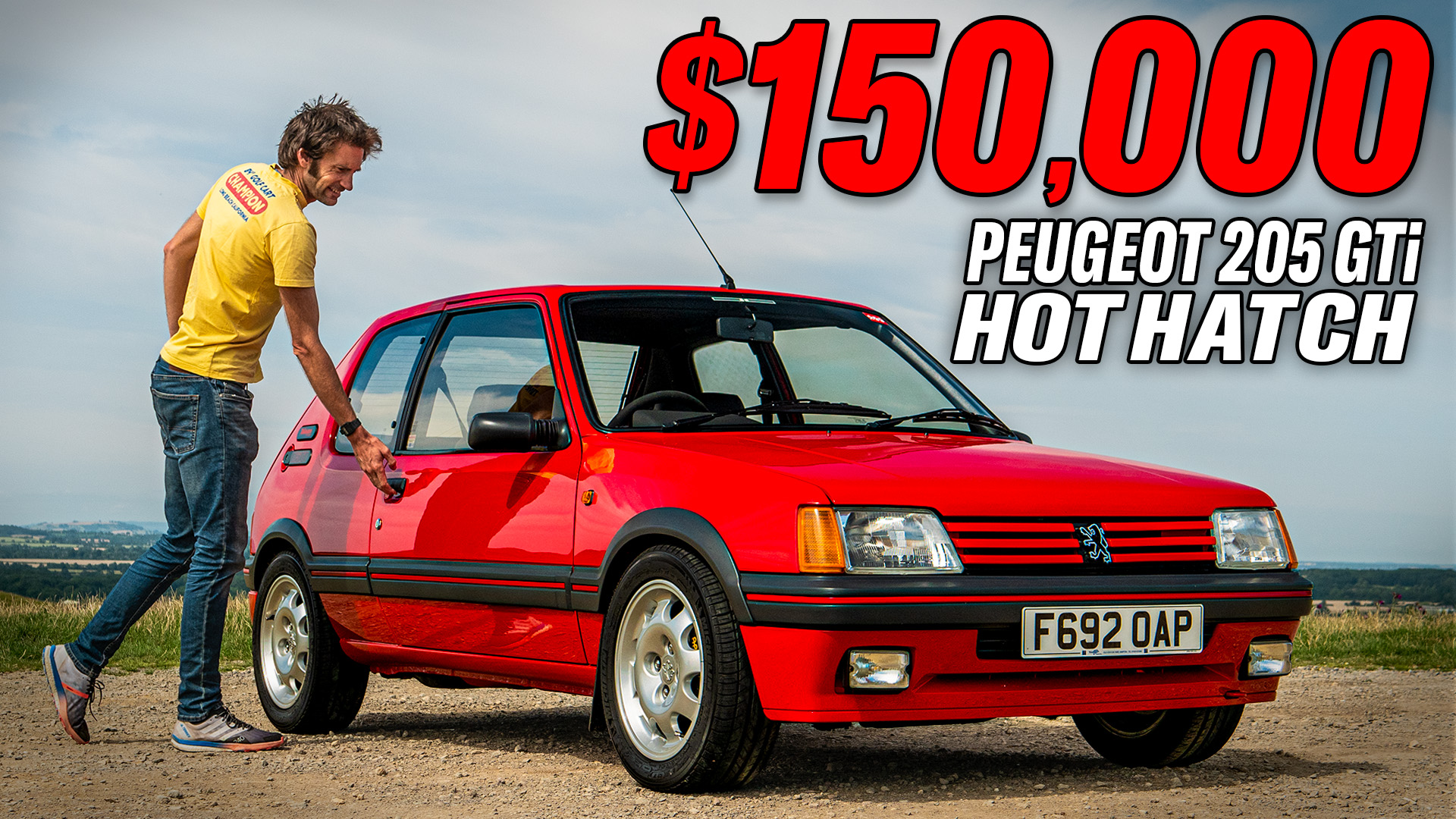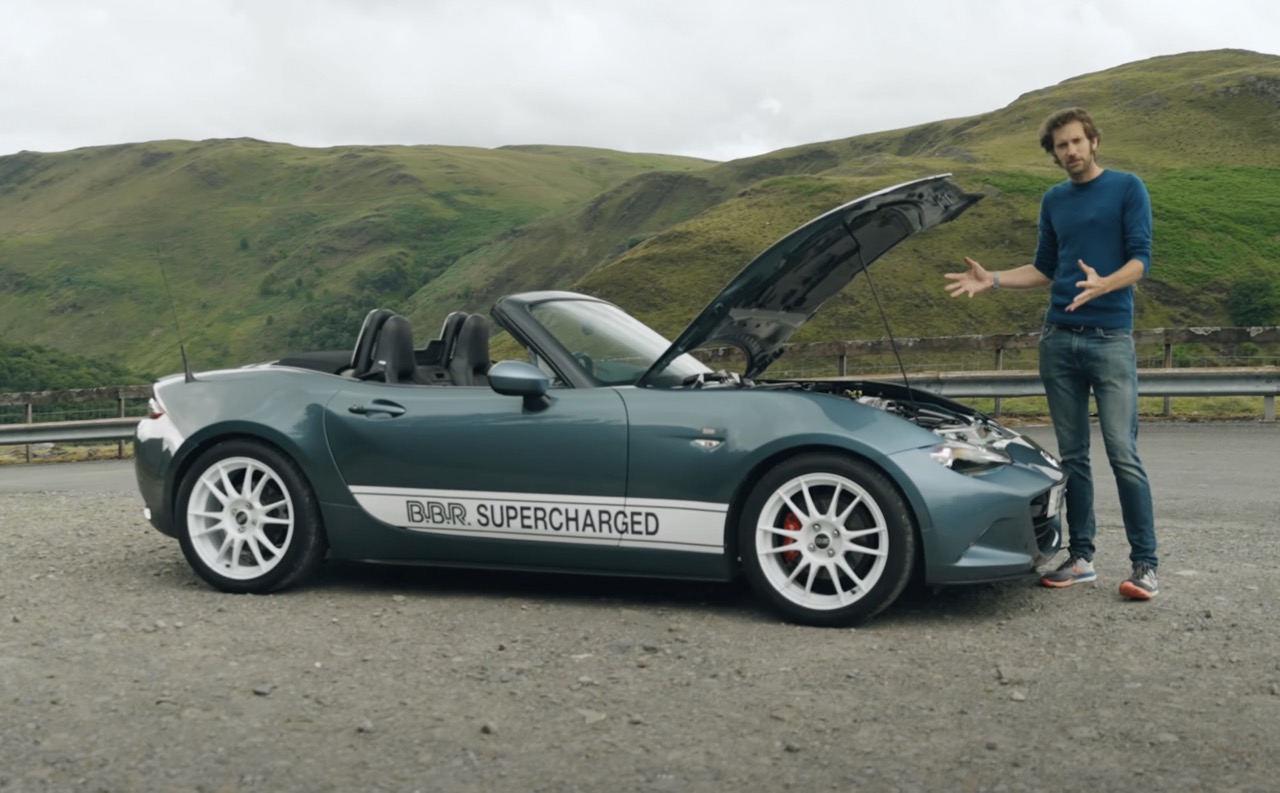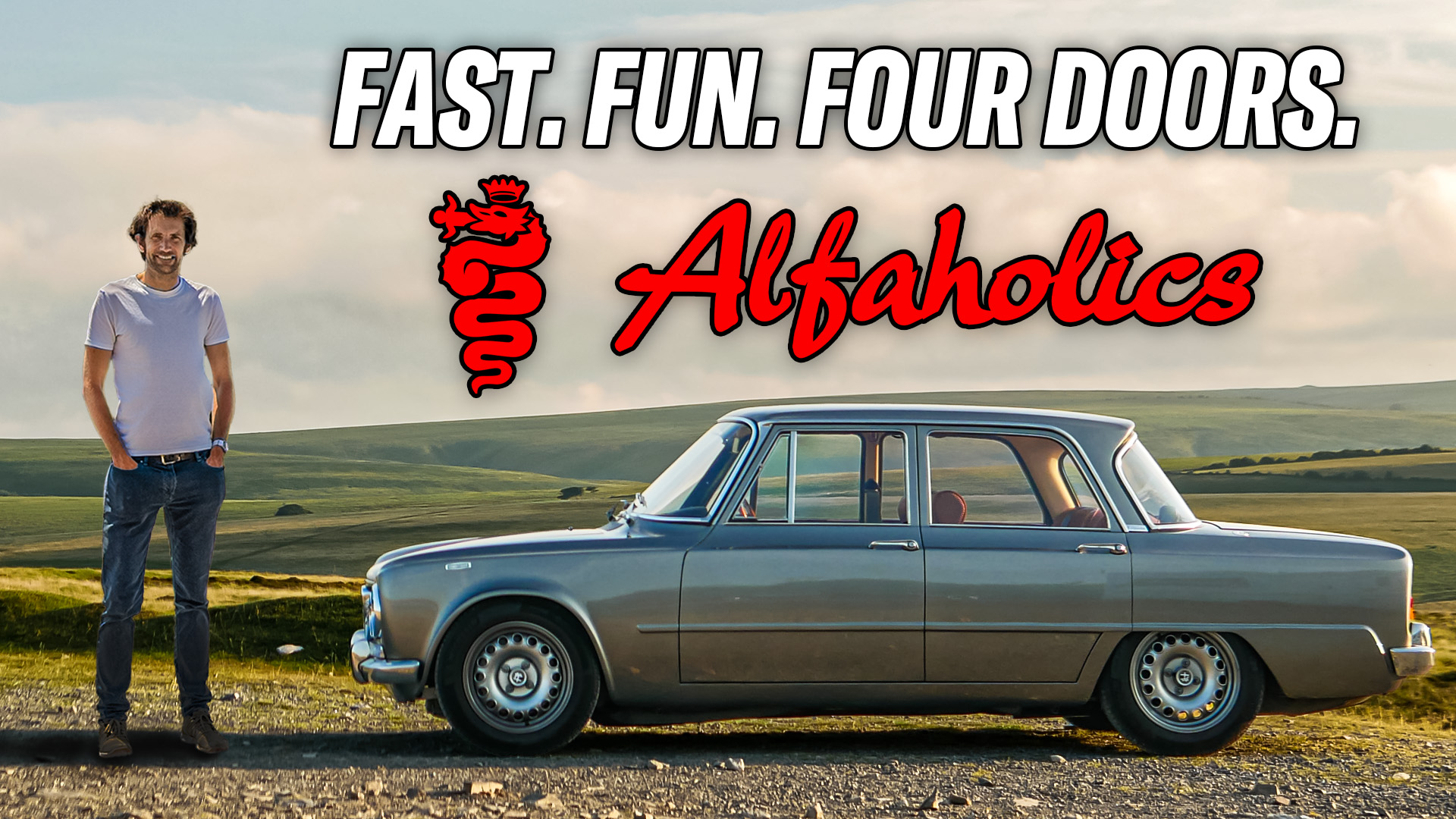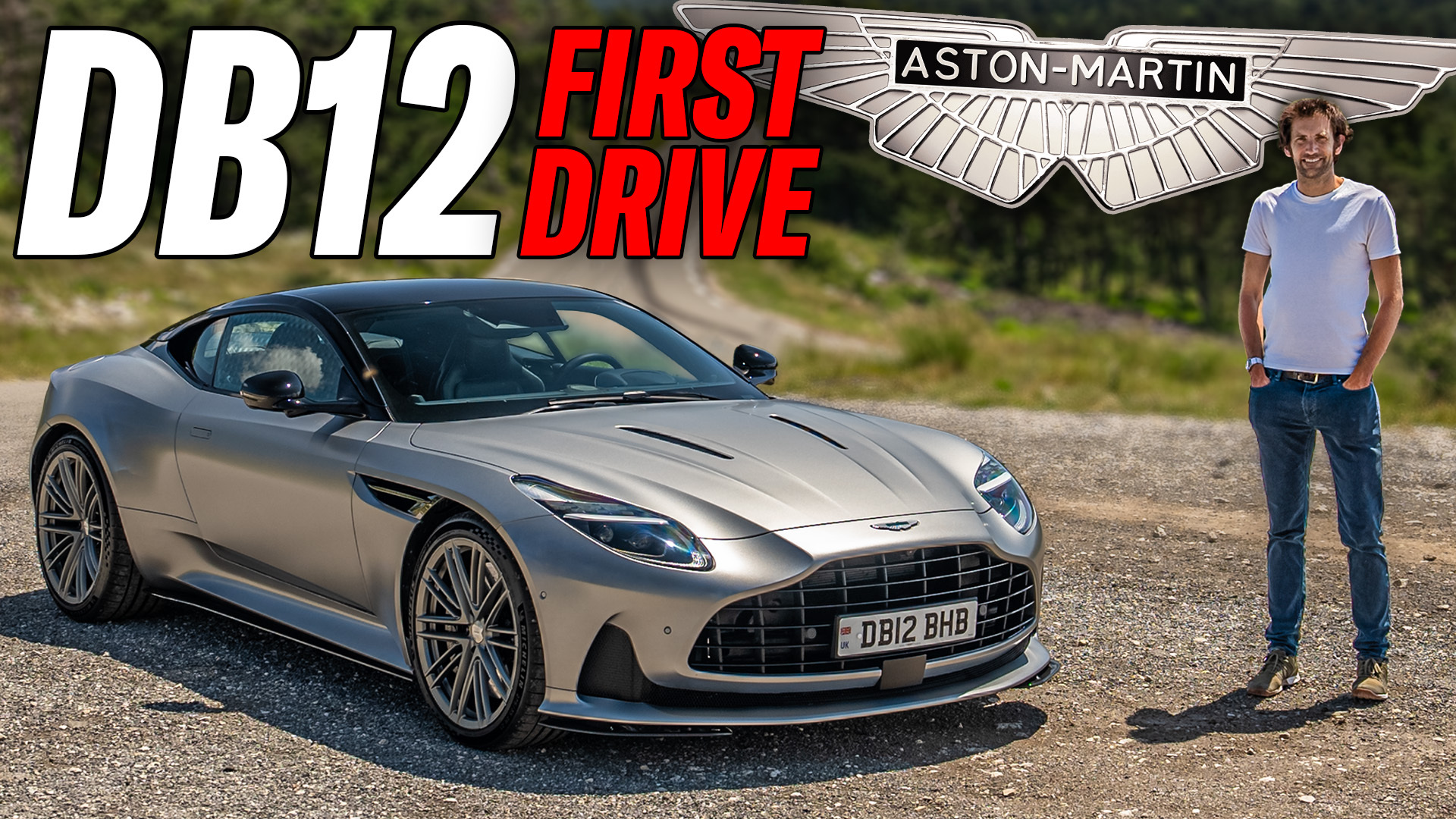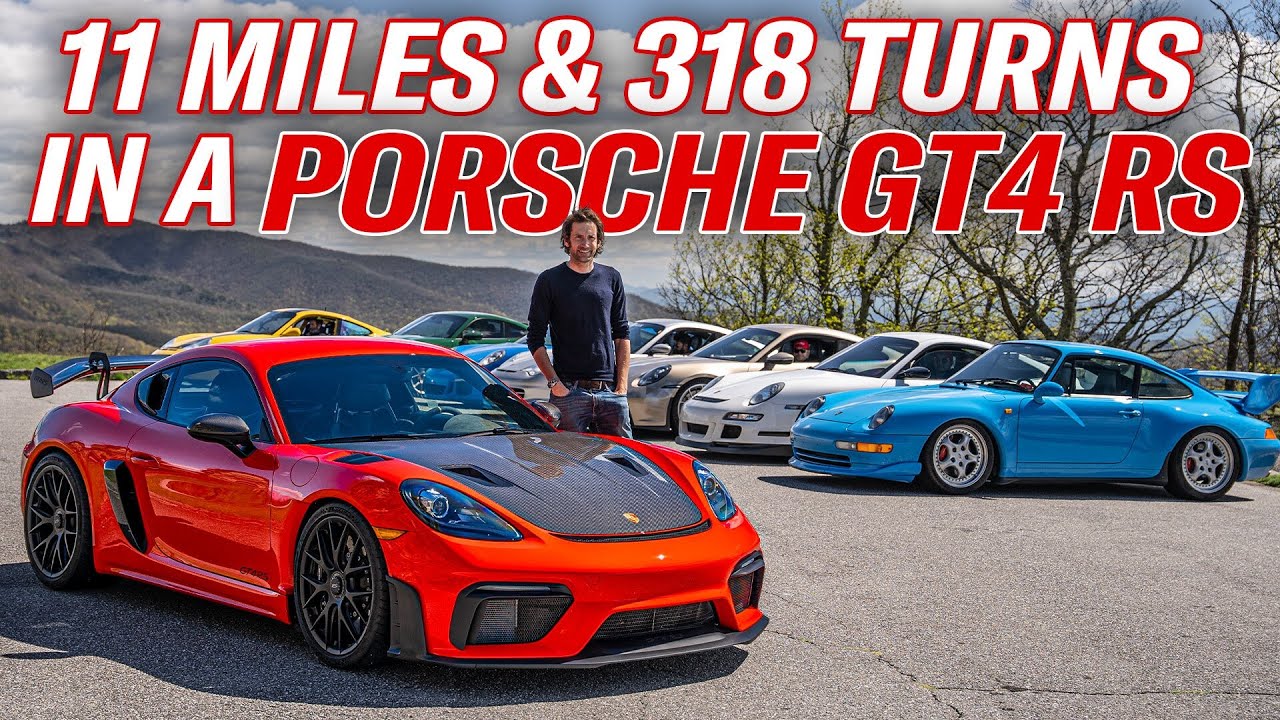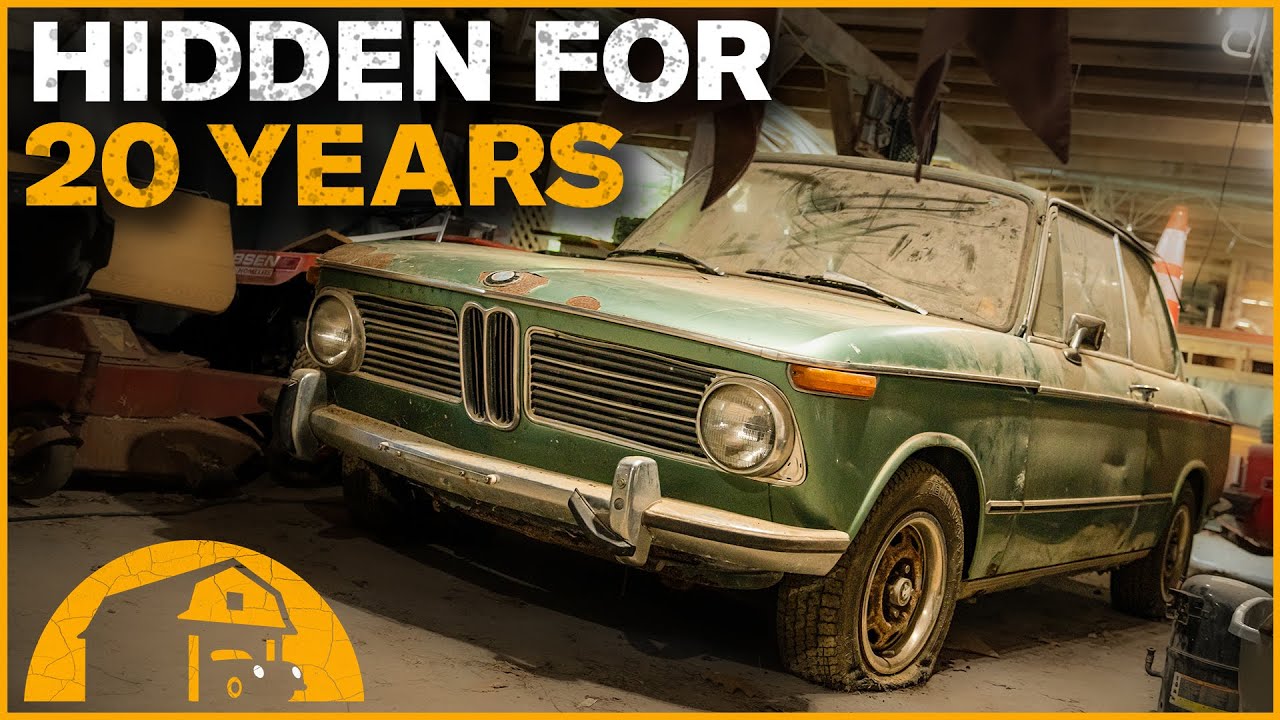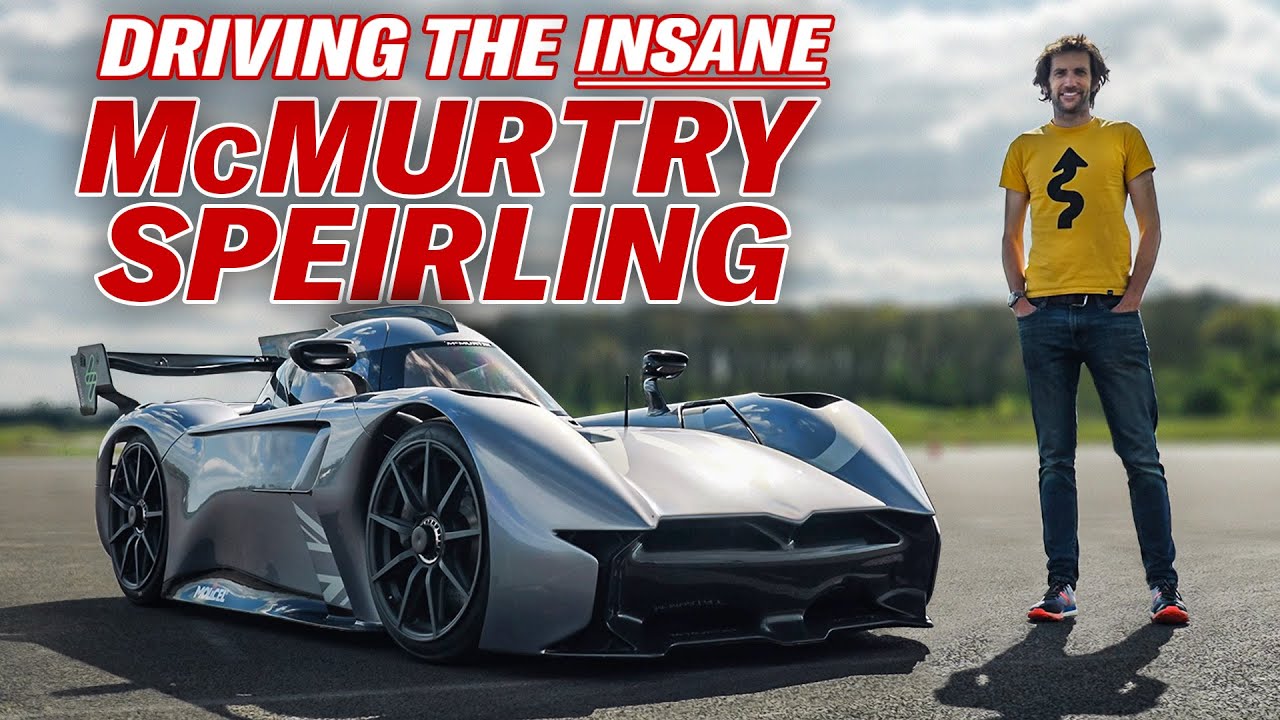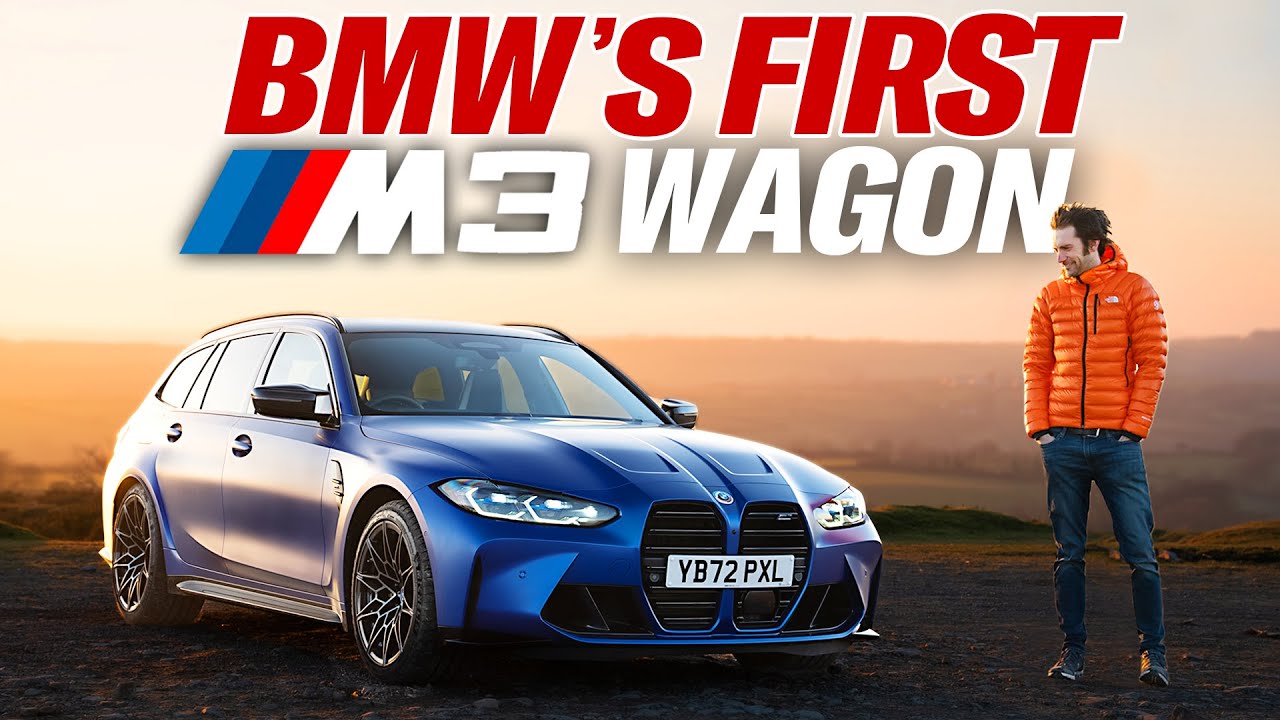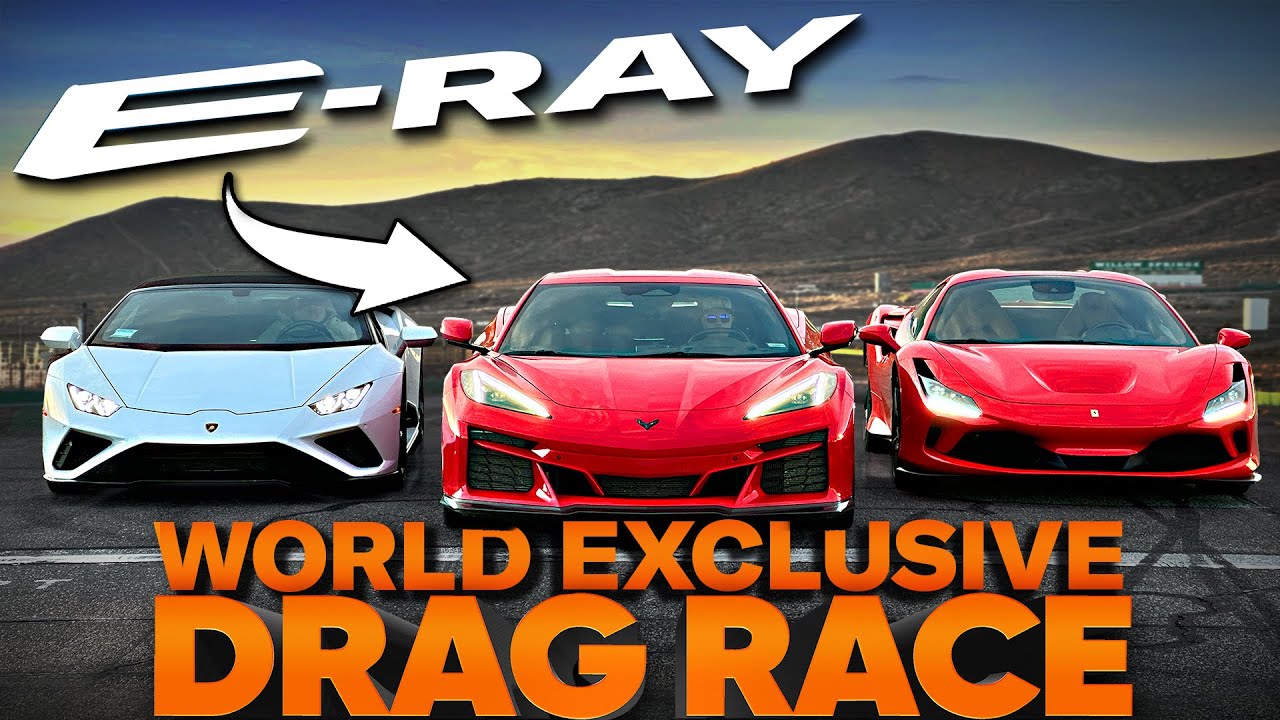The unexpected comparison is a favourite of the motoring world. In the 1980s a hot hatchback would regularly be the foil to a bona fide sports car, and in the 1990s, homologation specials aimed at rallying could show a clean pair of heels to the average supercar.
So as Jason Cammisa lines up a trio of super-SUVs – in the form of the electric Rivian R1S, and the petrol-powered Aston Martin DBX 707 and Porsche Cayenne Turbo GT – against a Maserati MC20, he continues a long and grand tradition of taking cars well out of their comfort zone.
It is however only recently that certain classes of car have begun to trouble the real cream of the automotive crop in a straight line. Electric power has certainly led to a few blisteringly quick acceleration times, but as two-tonne behemoths begin to pack power figures previously the preserve of the highest-level Ferraris and McLarens.
For the electric Rivian, that means 835bhp and 908lb ft of torque, albeit against a kerb weight of 3162kg. For the Aston, it’s 697, 663, and 2327 for the respective figures (from a 4-litre, twin-turbo V8), and the Porsche’s similar layout delivers 631bhp and 626lb ft matched with the lightest (but by no means flyweight) kerbweight of 2259kg.
The Maserati MC20, meanwhile – a proper supercar, remember – makes “only” 621bhp and 528lb ft, though does have a claimed kerb weight of 1706kg, making it more than half a tonne slimmer than the lightest of the SUVs.
And which is quickest? Well, you’ll have to watch the video to discover that, but there are a couple of surprises, and not all of them pertain to the relative performance of the Maserati. Check out the video above, and then head to our video page or the Hagerty YouTube channel to see more from Hagerty’s video team.
Watch more videos here!
